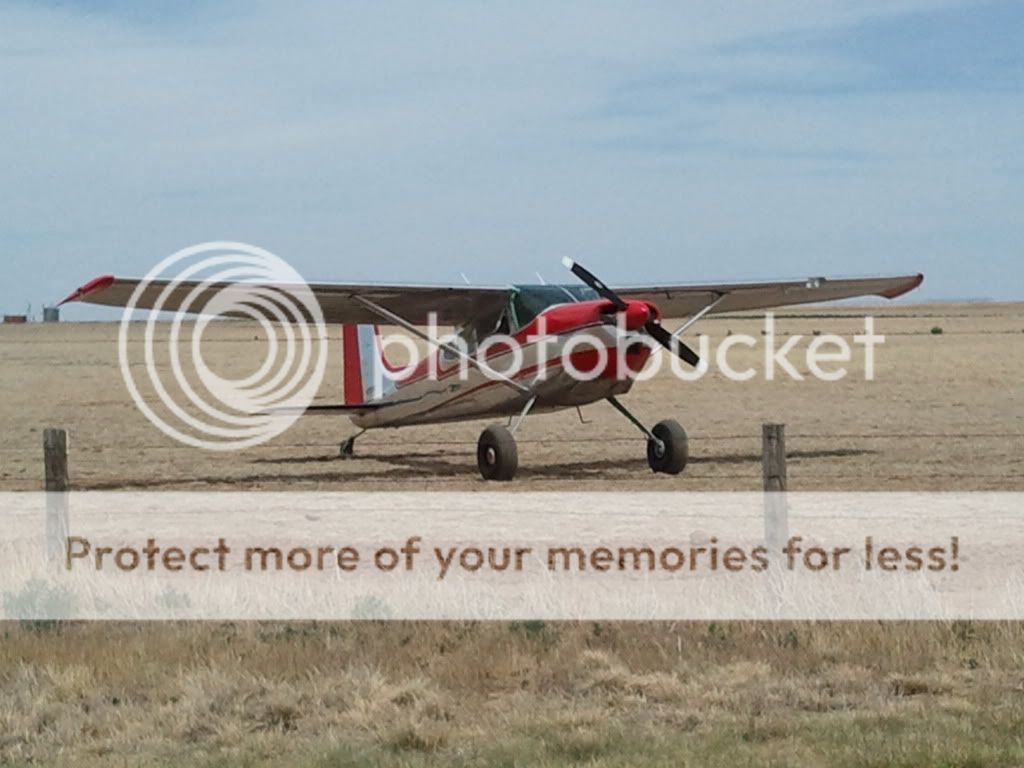ebykowsky
Cleared for Takeoff
- Joined
- Dec 12, 2012
- Messages
- 1,405
- Display Name
Display name:
goalstop
Supposed to go up this afternoon for a checkout in the Archer, with winds 14g22, 80 degrees off the runway. Now, that's above my personal limitations, but I really need to get some more experience with crosswinds. Is this something most instructors would/should fly in? Keep in mind the Archer has a 17kt demonstrated xwind capability.


 With fast feet.....:wink2:
With fast feet.....:wink2:


